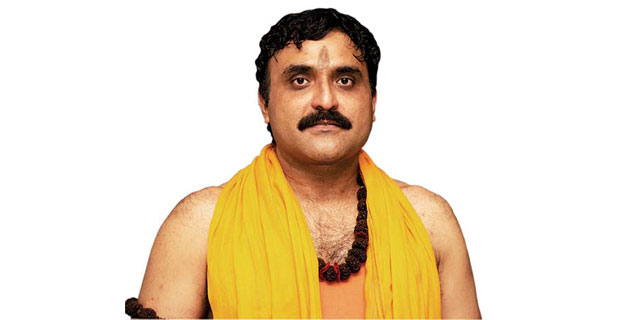SCIENCE OF YAGYAS
The science of yagyas is as old as Creation. Lord Brahma performed the first yagya. When he performed the yagya, he sacrificed a part of himself ...
The science of yagyas is as old as Creation. Lord Brahma performed the first yagya. When he performed the yagya, he sacrificed a part of himself. From his sacrifice manifested 33 devs and devis, who took charge of various aspects of Creation. Lord Brahma became the Prajapati, the Creator, responsible for physical creation. Lord Vishnu took upon the role of Preserver, he who runs the creation. Lord Shiv became responsible for the journey back to the source.
Yagyas are the means to nourish Creation, to give back to Creation and the various energies that run it, all that they have provided for. In every yagya there is a havi (oblation), that which is sacrificed or given back. And, this sacrifice is not of someone else, or of an animal; the sacrifice is of self or an aspect of self. Lord Brahma sacrificed a part of himself. Ravan too sacrificed his head nine times and only then he had shiv darshan. Puranic texts abound with instances of men, devs and asurs performing yagyas, and in all these yagyas they sacrificed a part or desire of self.
Yagyas are of various kinds. The foremost is the yagya for Prajapati Brahma, who is the progenitor of all, to whom we owe our life, body and experiences of the manifested creation. It is the duty of a human being to give back to the Creator. Performing this yagya ensures the flow is maintained from the Creator to self. It is upon individual capacity and desire then, what he/she can manifest from Brahma.
The next yagya is for the dev or devi, whose sadhna has been prescribed by one’s Guru. This yagya is to give back to that specific Shakti what it has released in Creation. Performing this yagya, bestows the sadhak with the siddhi of that dev or devi. The dev or devi then guides the sadhak through his/her journey and their shakti can be utilized by the sadhak to fuel his/her sadhna.











Comments.